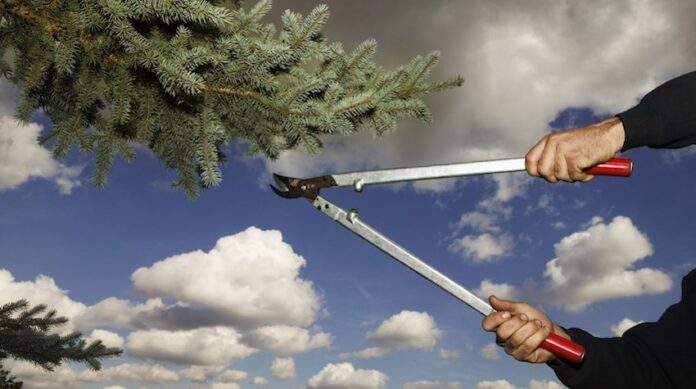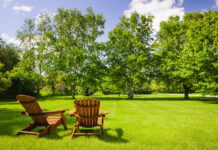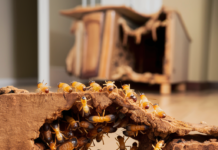If you have trees on your property, you are probably wondering how to best look after them. Tree trimming is an essential part of caring for your trees. Many specialists or arborists often receive the same question from concerned homeowners: When is the right time to trim trees?
Essentially, there is no straightforward answer, as you need to consider a variety of environmental factors, the surrounding landscaping, and the type of tree. However, our arborists have designed a simple guide to help you understand when to prepare for trimming in your garden.
Why should you consider tree trimming on your property?
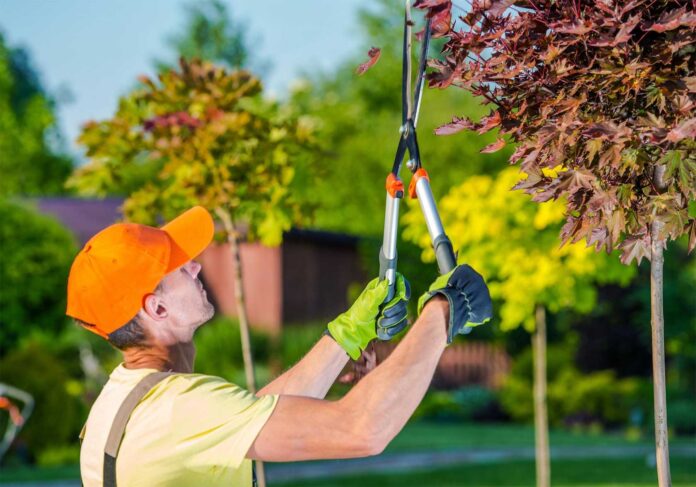
It can be confusing to discuss pruning a tree if you don’t understand the many benefits of trimming. The experts at www.aaatrees.net, encourage clients to make trimming an integral part of garden and tree maintenance. Indeed, it can significantly improve the health of your plants and also boost your property’s curb appeal.
Here are the main reasons why you should plan regular trimming for your trees:
Trimming for safety
Tall trees can be a hazard for your house, and overhanging branches could lead to damages to your property or vehicles parked nearby. They can also prove dangerous for outdoor activities and assets, such as leading to injuries or repair costs if a branch happens to fall.
Dead branches or dangerous trees can be a high source of risk for your loved ones, which is why they need to be removed rapidly.
Additionally, tall trees could also expand beyond the property’s boundaries, affecting nearby wires, street lights, and traffic signals.
Tree trimming for landscape planning
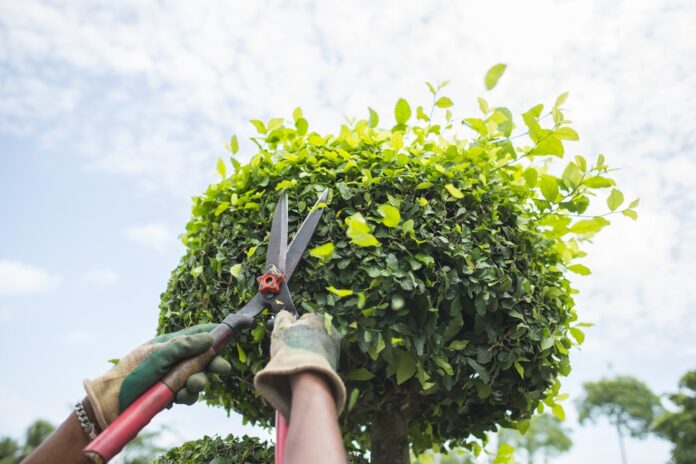
Landscaping is the art of managing the layout and design of your garden. Unfortunately, unlike your home, where you don’t need to add decor maintenance once you’ve decided on a layout, your garden changes all the time. Trimming will ensure plants can maintain their intended shapes and purposes.
For instance, if you’ve planted a hedge, the last thing you want is branches to create a messy pattern that takes over the garden. Professional trimming will ensure your landscape remains manageable, practical, and functional.
Additionally, trimming can encourage plants to develop flowers or fruit, depending on the tree.
Trimming for healthy trees
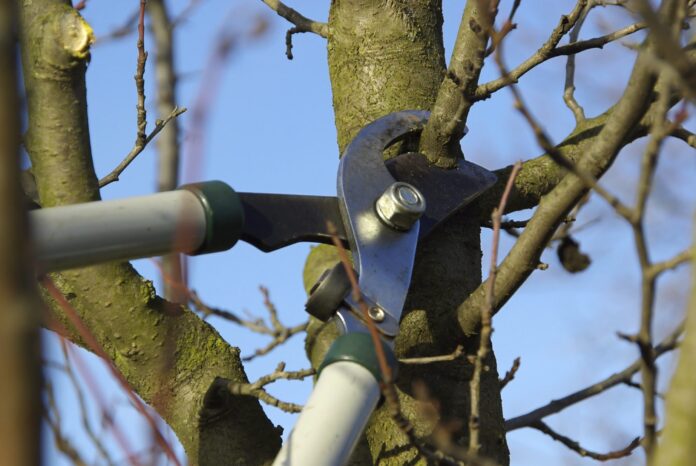
Trees can struggle with diseases or insects, which can weaken the entire structure. The purpose of trimming is to remove the affected area — when it is safe to do so — to preserve the whole tree.
Removing damaged or dead branches can help increase the health of your tree, ensuring it can recover quicker.
Additionally, trimming can also give the tree room to grow and breathe by removing branch clusters that rub against each other.
Trimming for curb appeal
Your garden is an essential element of your property style and appearance, and overgrown gardens can affect your home’s appearance. Through trimming, you can control the size and shape of your tree, creating a well-proportioned play display.
We also recommend adding trimming to the essential preparations before putting your home up for sale. Indeed, a managed garden could help you land higher price offers.
When should I prepare for tree trimming?
As mentioned, there is no such thing as a specific day in the year that should be dedicated to trimming. However, our arborists recommend scheduling trimming appointments during the time of the year when most trees are dormant, from November to March.
Indeed, during this period of time, tree diseases and insects are less active, which makes it easier to control the evolution of specific damages. More importantly, winter trimming exposes the wounds for the briefest amount of time as new growth typically begins in spring. Therefore, trees can heal better from the impact of the trimming and any existing damage. It is important to schedule ahead tree trimming appointments during the winter months to prevent tree professionals from experiencing cold stress and to control the evolution of damages while exposing wounds for the least amount of time.
Finally, as leaves and flowers are mostly gone, experienced tree service professionals can maneuver safely in your garden without risking affecting surrounding plants. Tree trimming technicians gain a better understanding of your plant’s appearance and health when there are no distractions, such as leaves or insects in the way.
Every tree has a unique trimming schedule
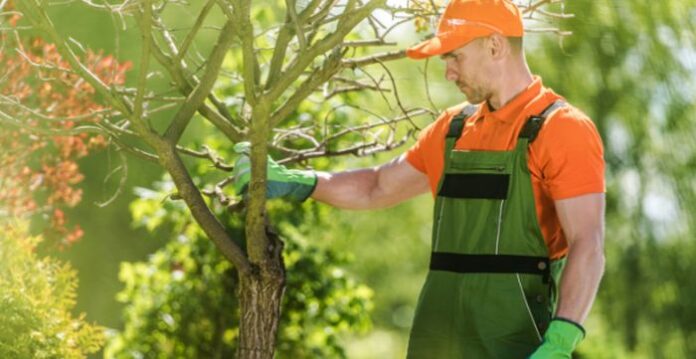
Tree specialists and arborists appreciate that every tree is different. Therefore, depending on the type you’ve got in your garden, we may recommend specific trimming times.
Indeed, while most of them prefer trimming during the winter months, the rule doesn’t apply to every tree. We suggest trimming in late fall or late winter to avoid some diseases, such as:
- Oak Wilt disease is more likely to spread between April and October
- Apple trees infections are more frequent during spring or summer
Our knowledgeable team will be happy to advise on the best schedule for your garden, depending on your needs and your trees.
As a rule of thumb, we recommend the following:
Shrubs and hedges trimming: These are planted to achieve a specific design and purpose. Therefore, you will need to plan for trimming at least twice a year for maintenance, first after winter in spring and then in mid-summer after growth.
Early blooms in the growing season: You can plan trimming for trees and other plants that tend to bloom early immediately after blooming is over.
Foliage trees and shrubs: If blooming is not a concern, you may want to schedule tree trimming just before the growth begins. Typically, this would be early spring.
Conifers: Evergreens do not require a lot of trimming. However, we recommend consulting an arborist to find out more about the best maintenance schedule for your trees.
Are you ready to schedule a tree trimming for your home?
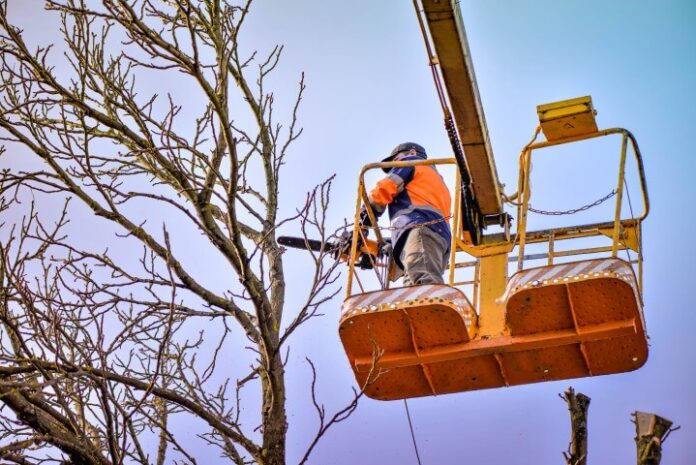
Choose a right service specialist that is experienced, licensed and insured. Before choosing a company for your trimming or pruning service, check their reviews on Google or other review platforms. Trees can be very expensive to replace so you should be selective on the company you choose. An expert can help you evaluate the best schedule for your trimming requirements to improve your plants’ health, your property’s curb appeal, and overall property safety. With a keen eye for decor and landscaping, an expert will put their knowledge at your service to embellish the appearance of your trees.
